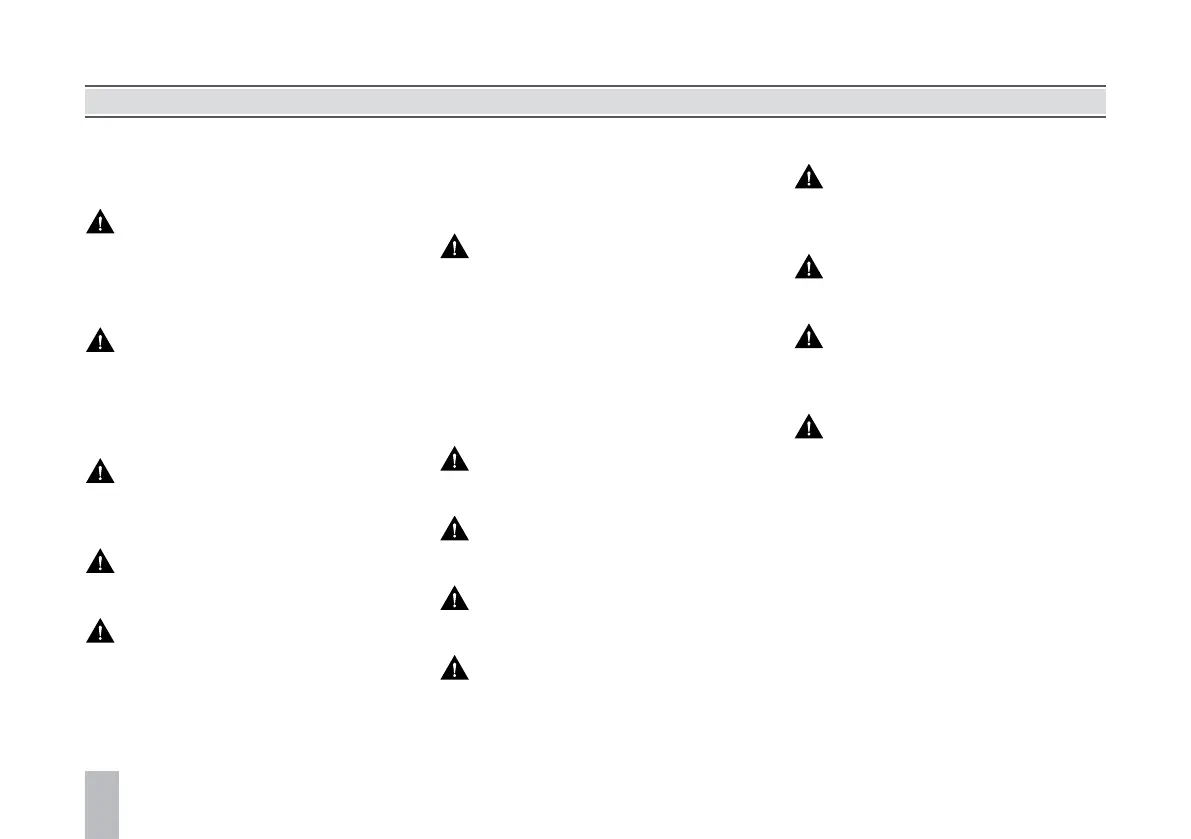94
Charging and Discharging
Requirements
Under normal circumstances it is
strongly recommended that you
use a slow charging method, avoid
constant or regular use of rapid
chargers.
Prior to using any charging
equipment please inspect the
sockets, plugs and cables for
any damage. DO NOT use any
equipment that shows signs of
misuse or damage.
It is recommended that the charging
cable be connected to the charging
device before connecting to the
vehicle and charging commences.
DO NOT attempt to switch the
vehicle power system to READY
during charging.
After charging completion, switch
off the charger (where necessary),
disconnect the cable from the
vehicle,tthewaterproofblanking
plugs,closethechargingpointdoor.
If necessary you can then disconnect
the cable from the charger (where
applicable).
Whilst charging the car on rainy
days, where possible, please avoid
connecting the charger during
torrential rain or storms. If excessive
water is evident around the charging
plugspleaseuseasuitableclothto
drytheareaasbestpossiblebefore
removing the waterproof blanking
plugs and connecting the charging
cables.
DO NOT touch the charging
connector or charging plug when
your hand is wet.
DO NOT stand in water or snow
when connecting or disconnecting
the charging cable.
DO NOT attempt to charge when
thechargingconnectorandplugare
wet.
Alwayskeepthechargingconnector
andchargingplugincleanandina
dry condition. Be sure to keep the
charging cable in a condition where
there is no water or moisture.
Only use the correct charger for
charging the electric vehicle. Using
any other charger or connector
congurationmaycausefailure.
Takecarenottodropthecharging
connector. This could result in
damage.
STOP charging or discharging
immediately if you nd anything
abnormal, such as sparks, burning
or smoke.
Always hold the charging connector
handleorplugwhenconnectingor
removing the charging cable, if you
pull the cable itself (without using
thehandle),theinternalwiresmay
disconnect or get damaged. This
mayleadtoelectricshockorre.
Starting & Driving

